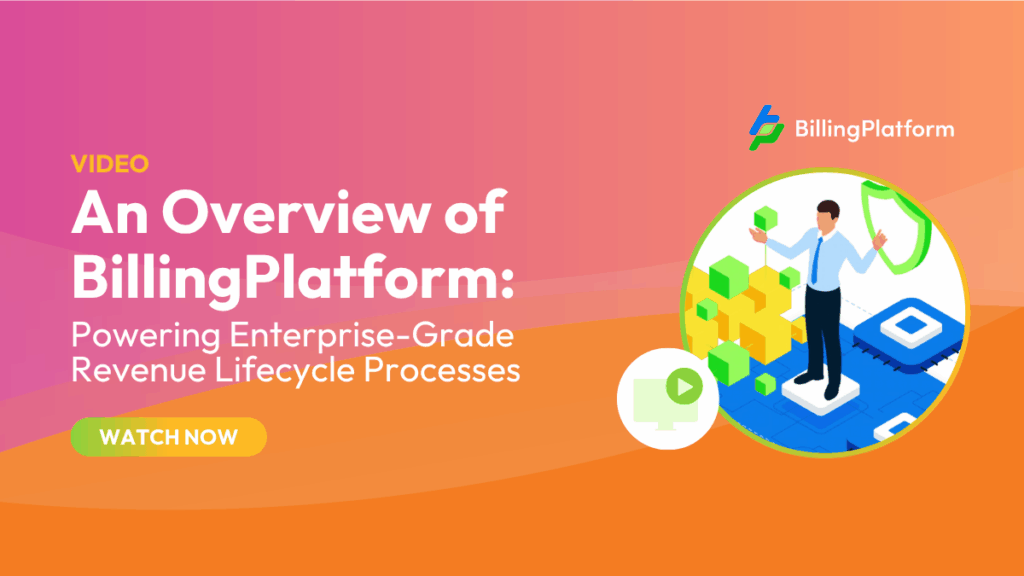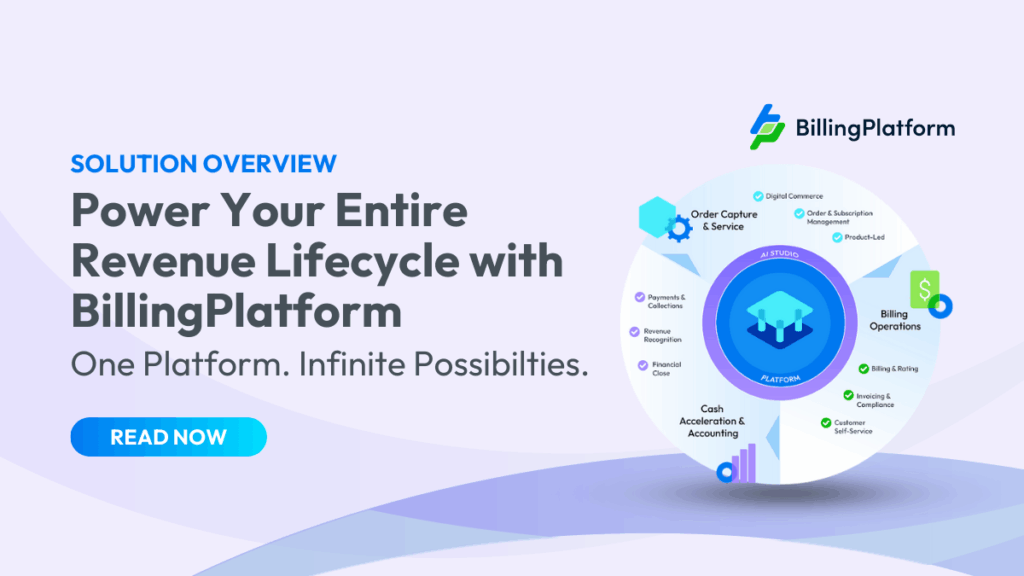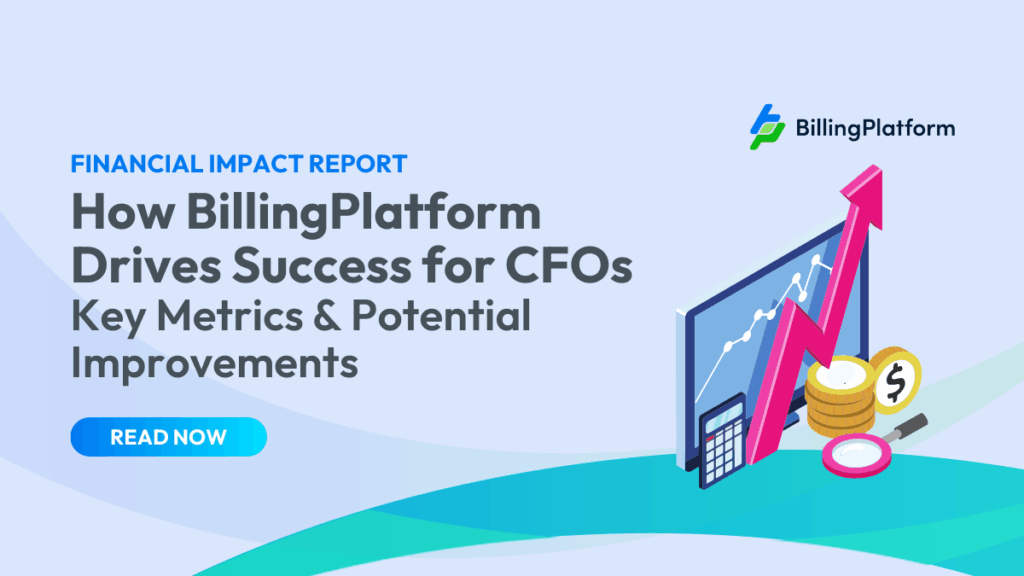Used extensively by subscription-based and software as a service (SaaS) companies, net dollar retention (NDR) is a metric that measures revenue growth or decline in customers over a specific period. This critical figure provides insight into customer retention, and changes in revenue resulting from customer upgrades/upsells, downgrades and churn. It doesn’t, however, take into consideration new customer acquisitions. Essentially, NDR is used to help companies assess their financial stability, as well as uncover areas that could benefit from improvement and growth initiatives.
The Importance of Net Dollar Retention and How to Calculate It
While net dollar retention is widely used among subscription-based and SaaS organizations, other industries like Cloud-Computing & Infrastructure, FinTech & Financial Services, Telecommunications, Business Services & Consulting, Healthcare & HealthTech, Cybersecurity, E-commerce, and EdTech & Online Learning also leverage this metric.
For instance, SaaS companies measure NDR to determine long-term revenue sustainability, while finance and banking measure NDR to gauge the retention of clients or their investment portfolios over a specified period of time.
Why NDR Matters
Given that this metric is critical in measuring customer loyalty, growth, and long-term financial stability, its importance can be summarized in the following key aspects.
Indicates Customer Satisfaction and Retention: When net dollar retention is high, your company is not only retaining customers, but growing revenue through upgrades/upsells. Alternatively, a low NDR could signal customer dissatisfaction and churn.
Perceived Value: A high NDR often means customers are realizing value from your products and services. Signs of positive perceived value include customers using more features, integrating the service deeper into their operations, etc.
Revenue Stability/Growth: NDR can help highlight revenue increasing opportunities through upsells and cross-sells, enabling you to grow revenue without depending on new customer logos. Additionally, a high NDR indicates strong revenue sustainability.
Strategic Planning: NDR can help organizations allocate resources more effectively. For example, a high NDR signals that the company can invest more of its revenue in existing customers, whereas a low or declining NDR may indicate that the company needs to increase focus on customer retention strategies and/or evaluate products, features/functionality, pricing models, and/or customer service improvements.
Resource Allocation: A low NDR may mean that your company should redirect resources from customer acquisition to customer retention strategies, such as customer loyalty programs, providing or improving product training, enhancing customer service and support, etc.
Investor Appeal: Investors seek companies with an NDR that is greater than 100%, as it implies a scalable and profitable business.
Calculating, Analyzing and Interpreting NDR
Before diving into how to calculate net dollar retention and the net dollar retention formula, let’s look at the metrics that are used.
Starting Figure: Typically, the starting figure is either the company’s monthly recurring revenue (MRR) or annual recurring revenue (ARR).
Expansion MRR or ARR: This figure represents the revenue gained from customer upsells or cross-sells during the time period.
Churned MRR or ARR: This figure represents the revenue lost from customers that either cancelled their subscriptions or quit doing business with the organization.
Contraction MRR or ARR: This figure represents the revenue lost due to customers downgrading their services.
NDR Calculation
For the following example, we’ll assume the company’s MRR as the starting figure.
NDR = (Starting MRR + Expansion MRR – Churned MRR – Contraction MRR) / Starting MRR x 100
To further illustrate, let’s assume the following figures for Company XYZ:
- Starting MRR: $60,000
- Expansion MRR: $30,000
- Churned MRR: $15,000
- Contraction MRR: $10,000
Using the above figures, the NDR for Company XYZ is 108%
$60,000 + $30,000 – $15,000 – $10,000 / $60,000 x 100 = 108%
How do I know whether my NDR is strong or weak?
First, it’s important to measure your NDR to industry benchmarks. Most top-performing SaaS companies have NDRs of 120% or more, showing strong revenue retention and growth from their existing customer base. However, regardless of your industry, additional factors affect ideal benchmarks like your business model, the growth stage of your business, and the economic climate.
At a high level, a NDR percentage greater than 100% indicates strong growth from existing customers, an NDR equal to 100% reflects no growth (revenue from expansions offset losses), and an NDR of less than 100% shows that revenue loss from churn and contractions exceeds expansions.
Let’s break down NDR percentages even further. If your company has a net dollar retention of:
120%+
Your business is growing rapidly through your upselling and cross-selling strategies. To retain the momentum, focus on maintaining or even boosting your customer retention and expansion initiatives.
100% – 120%
Considered a healthy rage, percentages within 100 and 120 indicate that the business is growing revenue from existing customers through upsells and cross-sells. NDR can be further increased by focusing on upselling/cross-selling and churn reduction strategies.
80% – 100%
While an NDR below 100% indicates stable customer growth, net growth is insignificant. This percentage range can be countered by putting in place effective churn reduction strategies and increasing expansion MRR/ARR through upsell and cross-sell initiatives.
The Upside and Downside of Net Dollar Retention
While managing and improving your NDR is essential for sustainable growth, it has its share of advantages and disadvantages.
Advantages:
- Provides a true measure of customer value
- Measures revenue growth from existing customers
- Indicates product-market fit
- Predicts long-term growth potential.
- Highlights opportunities for revenue expansion
- Helps to identify churn and contraction issues
- Signals revenue stability and growth efficiency, making it a valuable metric for investors
Disadvantages:
- Focuses solely on existing customers, while disregarding customer acquisitions
- A few large upsells/cross-sells can skew the percentage
- If expansions compensate for lost revenue, a company may have high NDR while experiencing significant customer churn
- It is not a standalone indicator of a company’s financial health
- May result in an over-reliance on upsells/cross-sells
- The figure can be manipulated, e.g. delaying the recognition of customer churn
While NDR is an important metric, it should be analyzed in conjunction with other key performance indicators (KPIs) like customer acquisition, churn rate, and overall profitability.
GDR vs. NDR: Differences, Similarities and Business Impact
As you know, net dollar retention reveals how much revenue you retain from existing customers. Another key metric for SaaS and subscription-based organizations is gross dollar retention (GDR). It focuses on determining how well you’re holding onto the revenue already gained. In other words, NDR measures your ability to keep current customers and grow their spending, whereas GDR measures your ability to retain the money already earned.
Let’s delve a bit deeper into the key differences between NDR and GDR.
Focus: While NDR enables you to measure your ability to retain customers and grow their spending, GDR focuses solely on your ability to retain the revenue you’ve already earned. Seen through different lenses, together they provide a clear assessment of your business’s performance.
Calculations:
As previously covered, the calculation for NDR is:
(Starting MRR + Expansion MRR – Churned MRR – Contraction MRR) / Starting MRR x 100.
The Formula for GDR is More Straightforward
Take your recurring revenue from a group of existing customers at the beginning of a period (month, quarter, year). Measure the recurring revenue from the same group of customers at the end of the period. Divide the ending revenue by the beginning revenue, and multiply by 100.
For this example, let’s assume you start the month with $60,000 in recurring revenue from a group of customers and end the month with $55,000 from the same group of customers. Note: this calculation does not consider new purchases.
- Start of the current month: $60,000
- End of the month: $55,000
- Your GDR for that month is 92%
Usage:
While both metrics provide valuable insights, GDR is useful in assessing the effectiveness of your customer retention efforts/customer loyalty. NDR, on the other hand, provides insight into the overall growth of your current customer base.
How NDR and GDR Impact the Financial Health of Your Business
When used in conjunction, both NDR and GDR provide the organization with insights into the effectiveness of your growth strategies, customer behavior, and customer loyalty. For example, a healthy NDR indicates customer satisfaction, which typically equates to increased spending via upselling and cross-selling.
GDR provides organizations with a clear picture of revenue stability. An understanding of your company’s revenue stability is the basis for accurate financial forecasting and future investment planning.
Finally, by analyzing NDR and GDR together you gain a comprehensive view of your organization’s direction. For example, a high GDR coupled with a rising NDR are indicators of a financially healthy and thriving business. Conversely, a high NDR combined with a low GDR may be a warning sign that your growth is primarily driven by expansion revenue from a small subset of customers, while a larger portion of your customer base is churning.
While NDR and GDR are critical metrics, there is another key aspect to NDR in finance and the health of your business – usage-based pricing (UBP).
The Relationship Between NDR and Usage-Based Pricing
While NDR is a metric that measures revenue growth from existing customers, UBP (aka consumption-based pricing), is a pricing model where customers pay based on the actual usage of a product or services.
UBP directly impacts NDR by enabling natural expansion as customers grow. Since existing customers tend to increase spending over time, companies that offer UBP often realize higher NDR, which equates to a reduction in churn and increased revenue.
The Intersection between NDR and Usage-Based Pricing
UBP Encourages Expansion Revenue: Customers pay based on their actual usage and as they realize increasing value from the product or service, their spending increases leading to a boost in NDR and increased revenue.
Upsells Deliver Higher NDR: Since UBP aligns pricing with customer growth, satisfied customers are more likely to scale, increasing NDR.
Reduces Churn and Improves Customer Loyalty: The flexibility and scalability of UBP improves customer retention and decreases customer churn, improving NDR.
Contributes to Predictable Growth: This UBP pricing model is based on increasing usage, which makes revenue more predictable – a key driver of high NDR.
Increase Your NDR with Usage-Based Pricing
A key factor to improving NDR is in reducing customer churn. UBP aligns cost with value, lessening friction, enabling organic growth, and reducing customer attrition. The benefits of onboarding a UBP model are undeniable. First, this pricing model is scalable, offering lower entry costs, making adoption of your products and services more appealing and affordable. Second, as customers realize the value from your offerings, they are willing to pay more. Third, as usage increases, organic revenue growth also rises, and finally, unlike customers paying fixed rates, churn is typically less.
Is your NDR where it needs to be to ensure revenue sustainability? Is UBP a pricing model you’re currently offering? Are you searching for a comprehensive billing solution that incorporates financial insights in a way which improves financial decision-making?
Regardless of your answers, we’d like to show you how we can put you on track to increasing your organization’s NDR. Reach out to our team to get started!



